-
Posts
1,757 -
Joined
-
Last visited
Content Type
Profiles
Forums
Events
Gallery
Posts posted by One-Oh-Four
-
-
I get the faint impression you're into WW1 modeling...!

-
 1
1
-
-
I'll take part with a Meteor F.4 from the (then) Dutch Air Forces, as they were still part of the Royal Army at that time. The Air Force only became the Royal (Netherlands') Air Force in 1953....
In any case, the Dutch Meteors weren't the most colorful variants to ever see the skies, but hey...
There aren't many photos of the F.4 around on the internet either, so you have to make do with some early ones, BEFORE the introduction of squadron and base-colors.
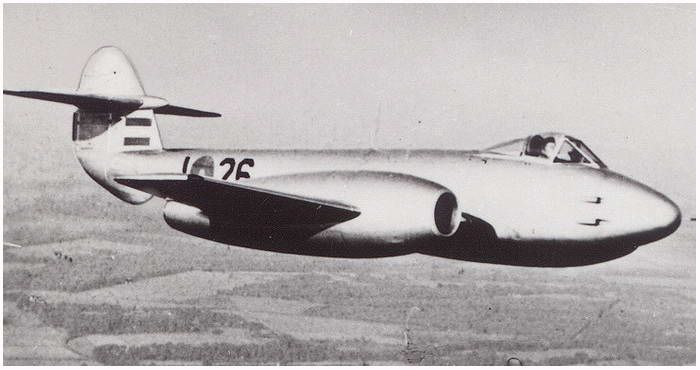
www.strijdbewijs.nl
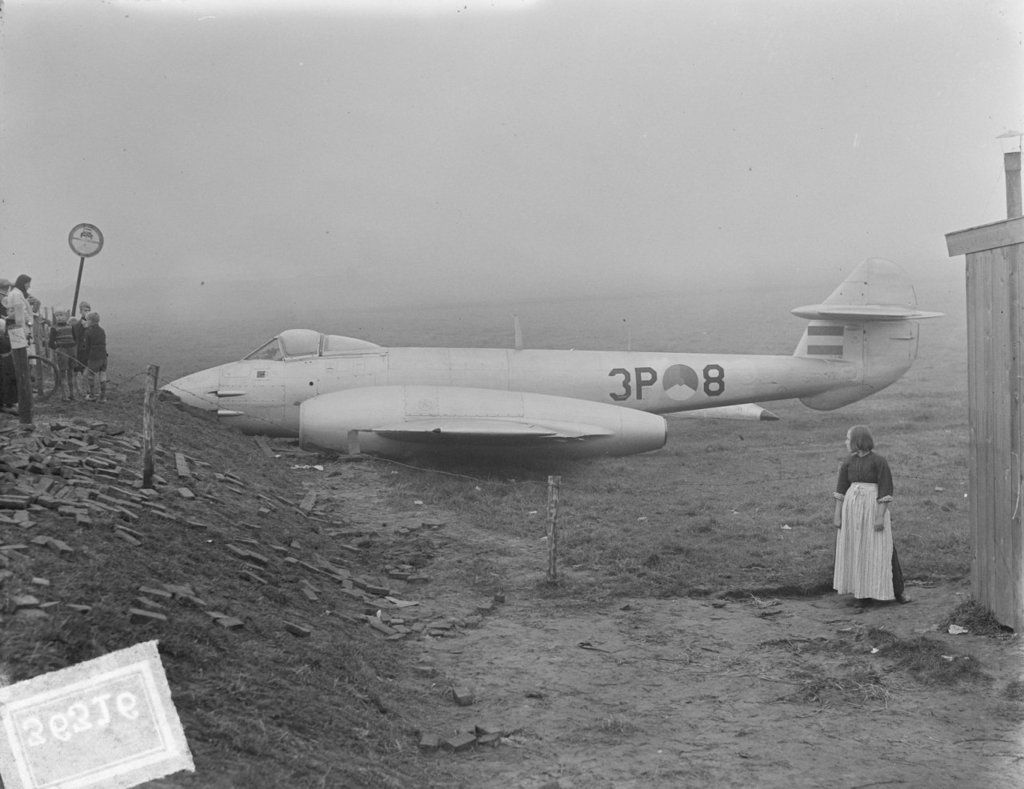
www.gahetna.nl / fotocollectie Anefo, J.D. Noske
The second photo is from September 28th, 1949, showing a Meteor that made a crash-landing near the fishing town of Volendam, showing the squadron code "3P", meaning it was from 324 Sqn.
The trigger to start the kit was a scale modeling day, organized by the Aviodrome Aircraft Museum on Lelystad Airport on June 20th.
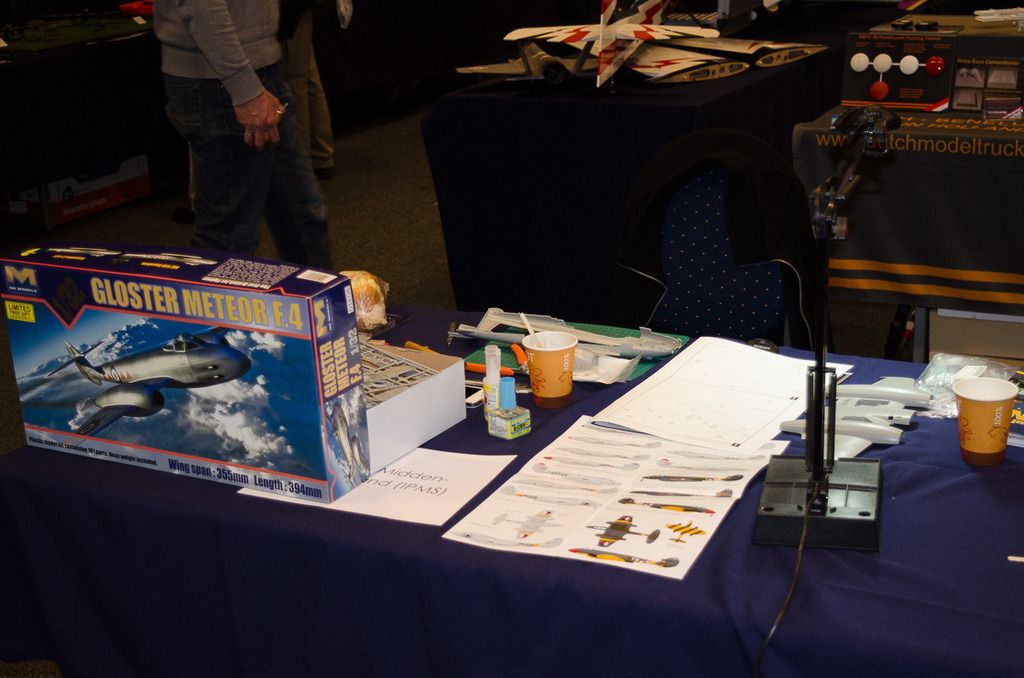
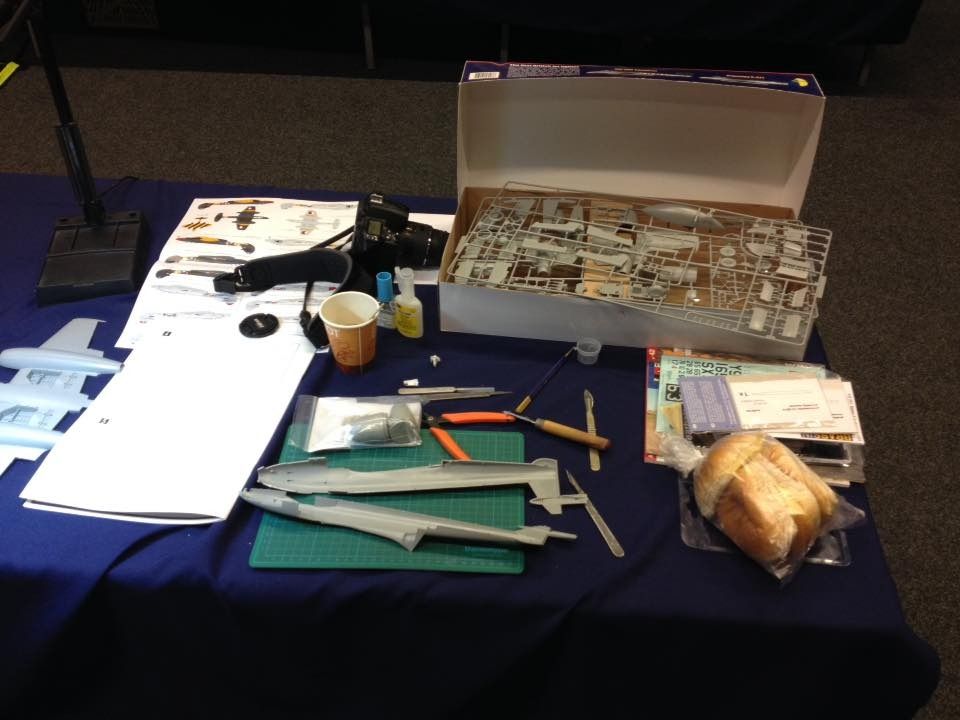

The first thing to keep in mind is that the sprue attachments are on the contact surfaces of the fuselage halves and have to be carefully removed. If that is don, it's advisable to treat both contact surfaces to a little sanding with a sanding stick as there are some slight irregularities around the aligning pin holes, as you can see.
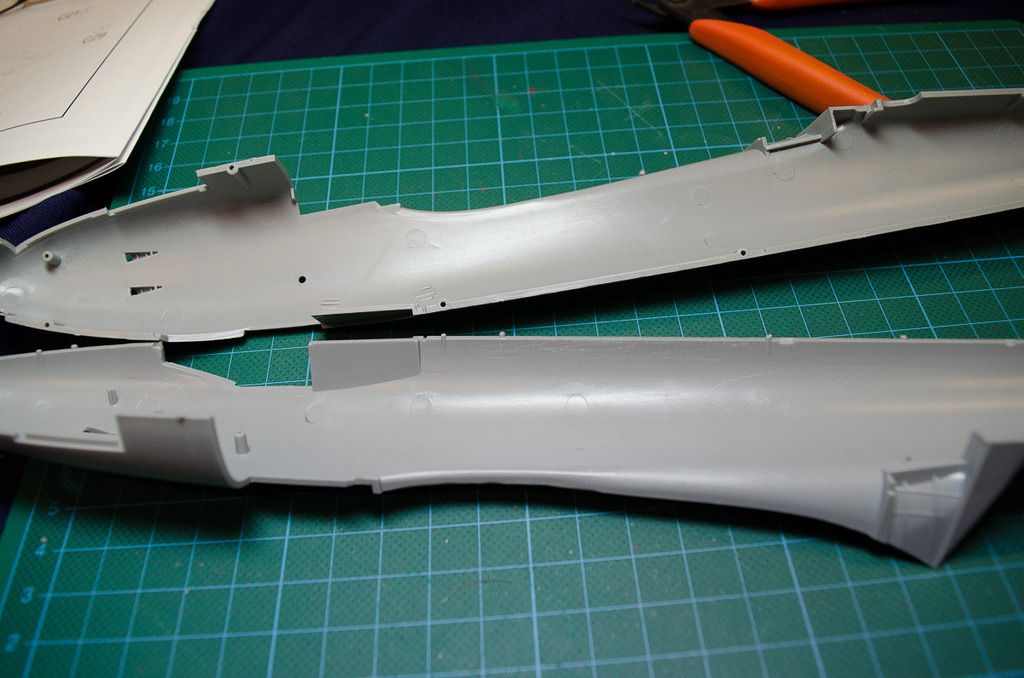
To be continued.
-
 1
1
-
-
Get back to the modeling bench, you scoundrel!

-
 1
1
-
-
That's not what I hear sayin' by the Meissie's!

-
Nice plans! Small stash... Good idea to use the dark vinyl! Funny that you do your measurements in meters.... Thought that that still was a Continental thing. In some UK programs they still speak of how much "stone" they weigh....

Good luck with the job at hand!
-
That Dee-Twentyone is looking better every time I check in! You're doing good!!
-
Looking good! The idea of those vents is indeed awesome!
-
 1
1
-
-
Oh, wow!...... Modelling since September 2014?.....

-
Going along nicely! The Churchill was an important tank for the Dutch too as it was widely used to free the Netherlands from German occupation in 1944-1945!
What brand of paint do you use?
-
Would be even nicer if one half is fitted with the 2-stage Merlin....

-
And weathered the roundels....
 Heheh, I chuckled when I saw your Pink Panther, thinking you gave it a silly scheme because of the "high quality" of the kit.. I almost spit out my coffee over the keyboard when I came to the last photo! Good one!
Heheh, I chuckled when I saw your Pink Panther, thinking you gave it a silly scheme because of the "high quality" of the kit.. I almost spit out my coffee over the keyboard when I came to the last photo! Good one!-
 1
1
-
-
Looks awesome! But looking at the decal sheet makes me wonder if there aren't some spelling errors in the stenciling? Words like "Abhehimen", "Behältzer" and "Ehfeerer" don't mean anything to me. Maybe the text "Vor abhehimen bei der deckel Behältzer ehfeer" should be something like: "Vor (Zum?) abnehmen: bei der Deckel Behälter entfernen". And the instruction "Entriegeln und drehen Sie die Deckelverriegelung" seems very politely written as a work instruction to a mechanic!
Maybe our German friends can shed some more light on this?
-
Great work, Nick! Looks gorgeous!
-
 1
1
-
-
Haver resisted this one, so far!

Am sure very eager to see how the project develops!!
-
 1
1
-
-
And he's off to a good start!!!!! Woohooooooooo!!!!!!
-
 1
1
-
-
I (almost always) use none. I tape parts together if needed. In some cases I use clothesline clamps as these don't exert too much pressure.
-
 1
1
-
-
That's the 1/48th scale box art...
-
 1
1
-
-
Nah, time for a jet again... Gloster Meteor, anyone...?
 or the F4D Skyray...
or the F4D Skyray... -
Besides, some masking fluids contain (traces of) ammonia. That wreaks havoc on your Tamiya, Gunze or Vallejo paints.... So be sure to use an ammonia-free fluid!
-
 1
1
-
-
http://www.clubhyper.com/forums/forum.htm
Brett Green writes:
"This just in from Tamiya. More detail as it comes to hand at the Shizuoka Hobby Show (Marcus Nicholls will be on the ground with the latest news):
Tamiya Kit No. 60326 1/32 De Havilland Mosquito FB Mk.VI
Availability: July
Japanese Retail Price: 19,800 yen (planned)
The "Wooden Wonder" makes an appearance in highly impressive 1/32 scale! That was the nickname given to
the De Havilland Mosquito series of aircraft, an ingenious and beautiful design which saw the versatile airplane
made almost entirely of wood. Its outstanding speed and range ensured that the FB Mk.VI was used in a range
of missions, including raids on important targets and infrastructure in the German homeland. It is often said that,
until the advent of the Messerschmitt Me262, the German Luftwaffe did not have an adequate response to the
"Mossie."
About the Model
• This is a 1/32 scale plastic model assembly kit.
• At 515mm in wingspan, this masterpiece captures the elegant twin-engine form of the FB Mk.VI with
astounding detail. This newly-tooled model was researched using real Mosquitos.
• The cockpit interior is realistically depicted, right down to details such as the pilot's seat cushion.
• The modeler is presented with a number of options in assembly of the kit.
• Separate parts recreate bomb bay and wing underside 500lb bombs, plus 50-gallon drop tanks.
• 3 figures are included.
• Comes with 3 marking options, plus masking stickers.
• A 12-page B5 size commemorative booklet includes color photographs and a detailed history of the Mosquito."-
 4
4
-
-
This nozzle was also used by the Germans for their F-104G's in a modification program from 1971 on:
J79-MTU-J1K
The J79-MTU-J1K version was developed by MTU Aero Engines under a modification programme to improve the reliability and economy of the engine. The modification programme lasted from 1971 to 1973.
The main modifications to the J79-11A engine were:
• New turbine nozzle, stage 1
• New material for turbine rotorblades, stage 1
• New afterburner assembly, withmodified exhaust nozzle
• New afterburner fuel systemSo until 1971 you should use the "early" nozzle for German 104's and from 1973 you can be fairly certain that the "late" nozzle should be used!

-
Cookie????

Yup!!

-
 2
2
-
-
Nice indeed! The next one will be in splinter-camp?....

-
Seriously good looking, John!!

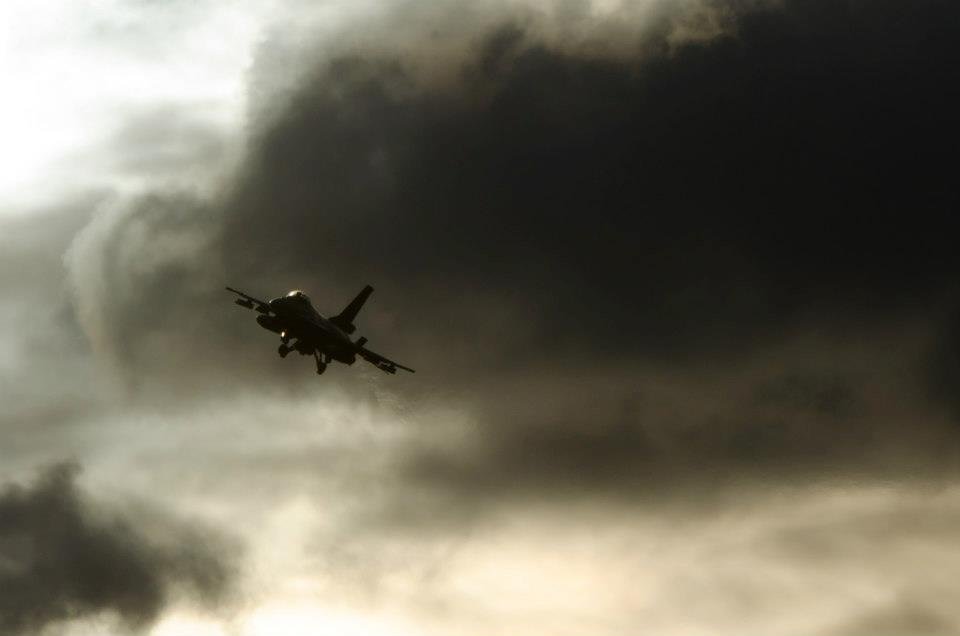

Sherman V, 2nd Irish Guards, Guards Armoured Division, Holland, September 1944, Market-Garden.
in Beaches to Berlin - D-Day to VE-Day
Posted
I'm afraid I'm a little bit slow too I've still got the model on the workbench though...
I've still got the model on the workbench though...